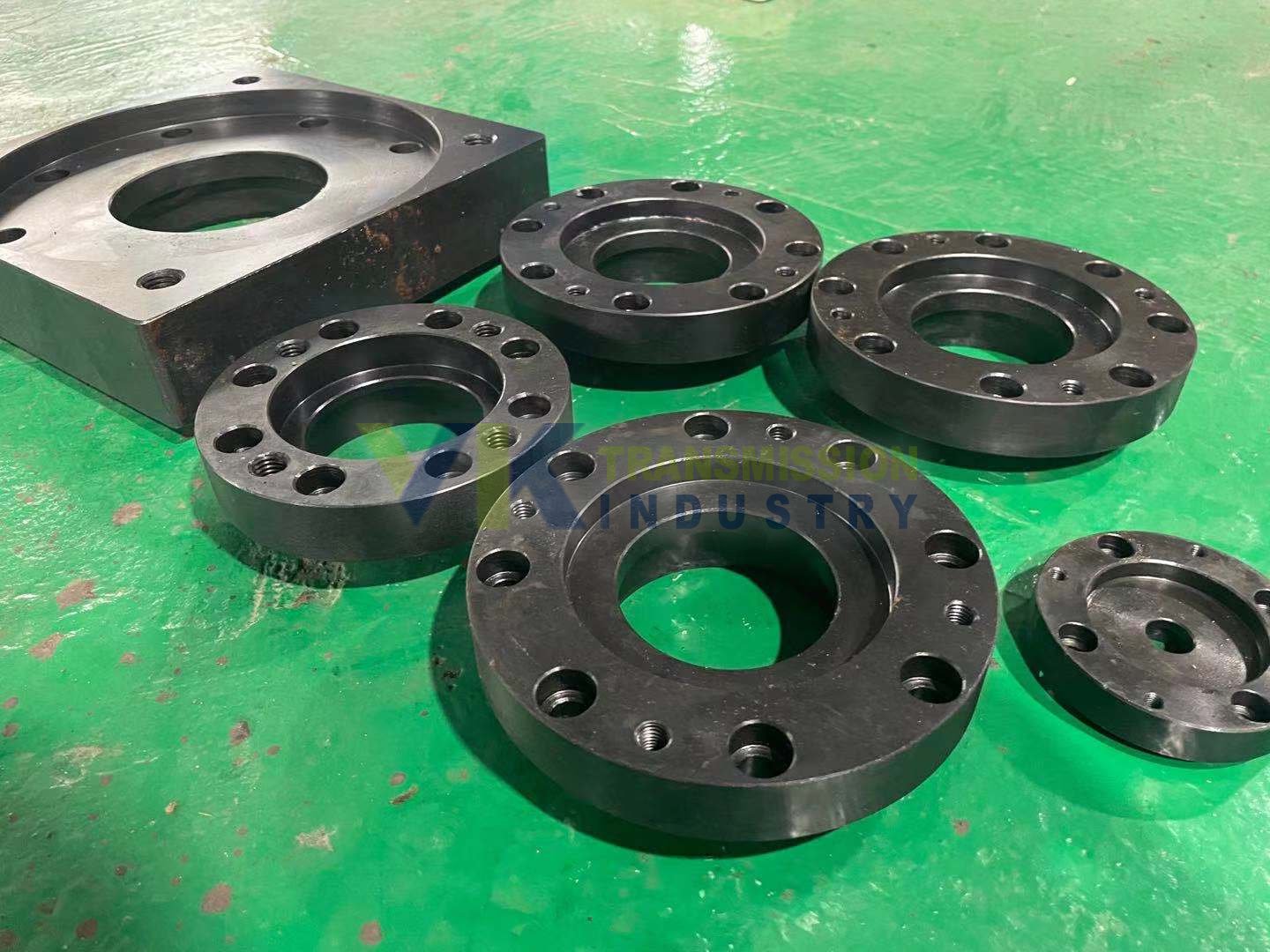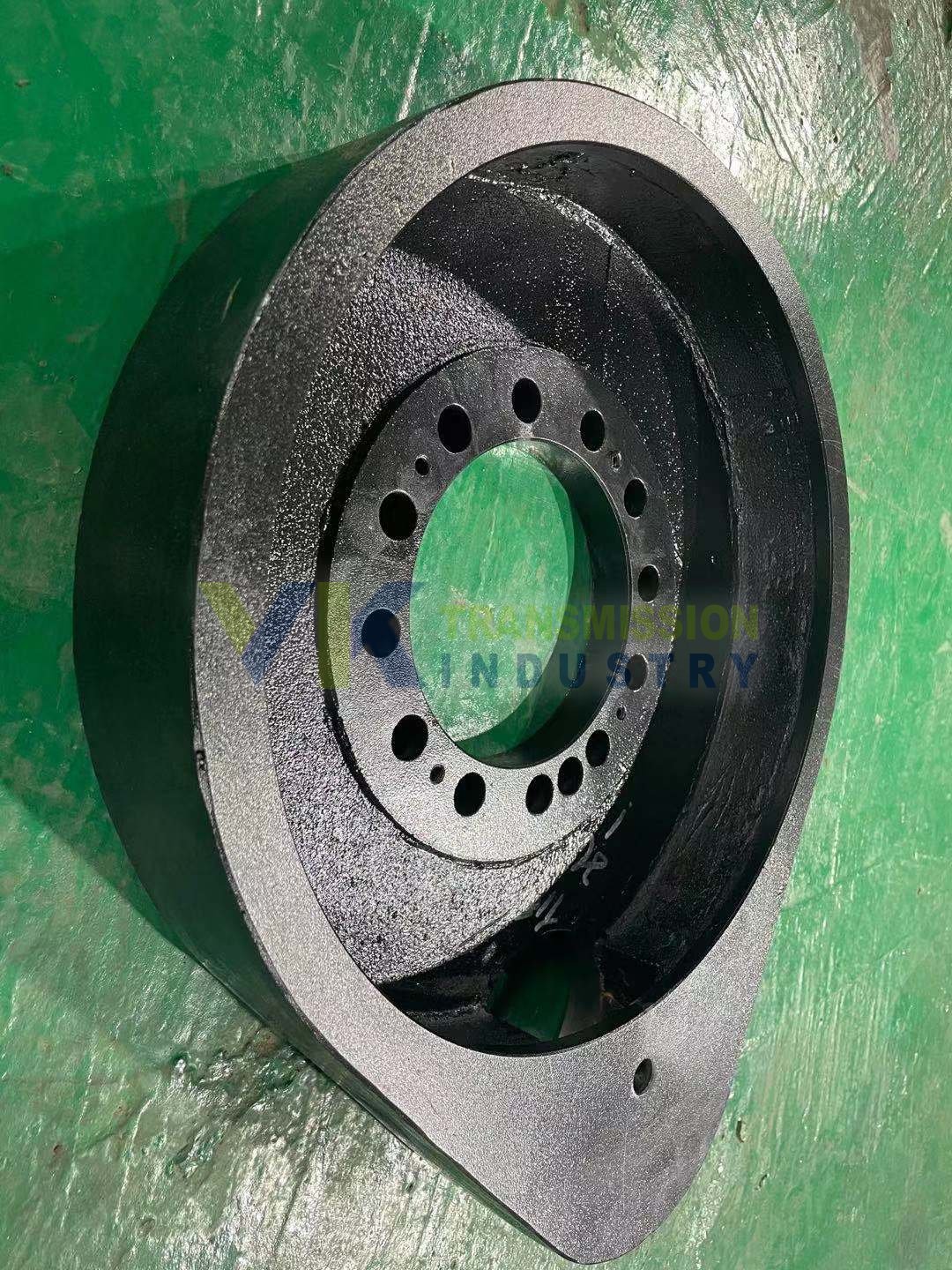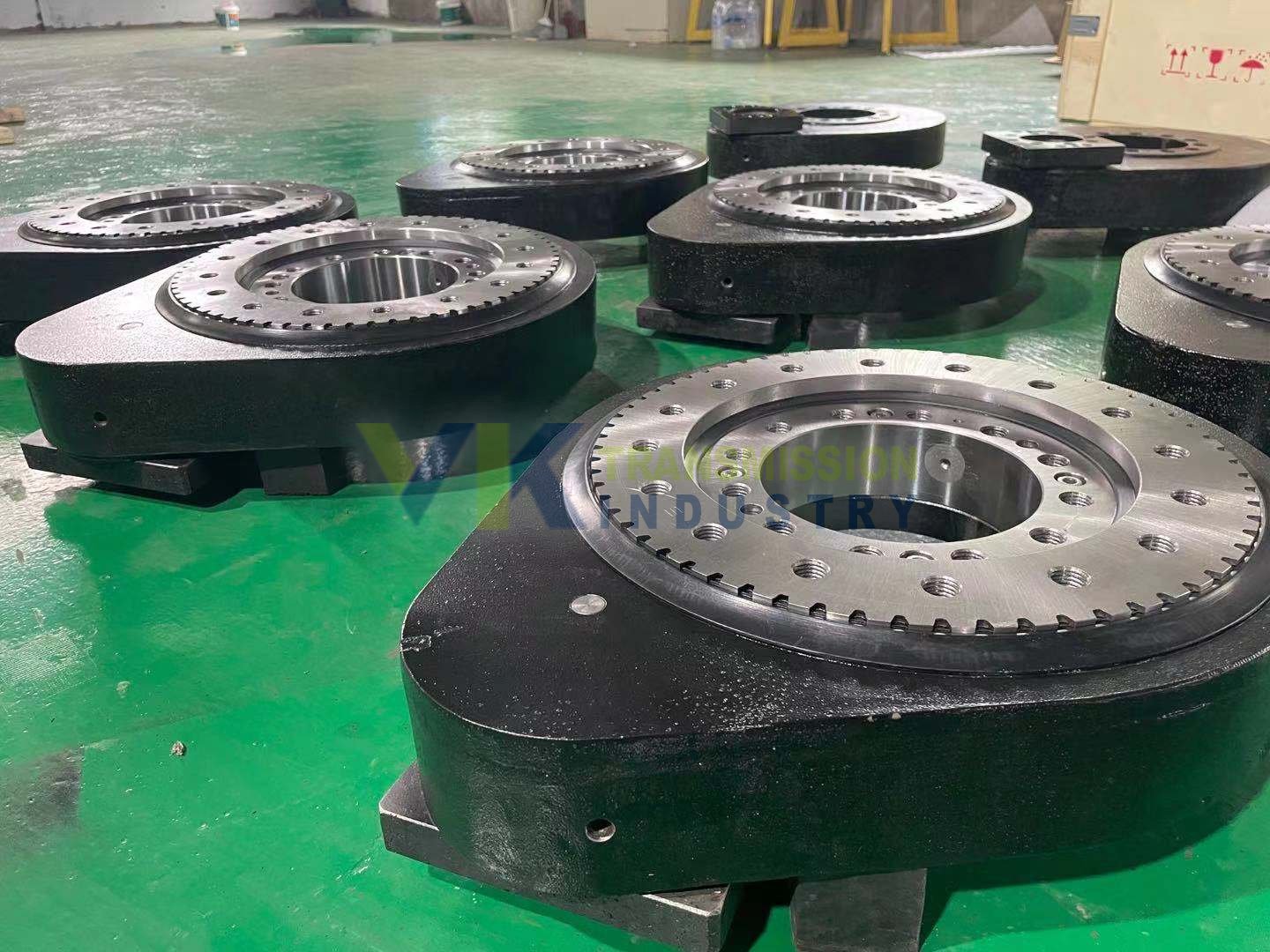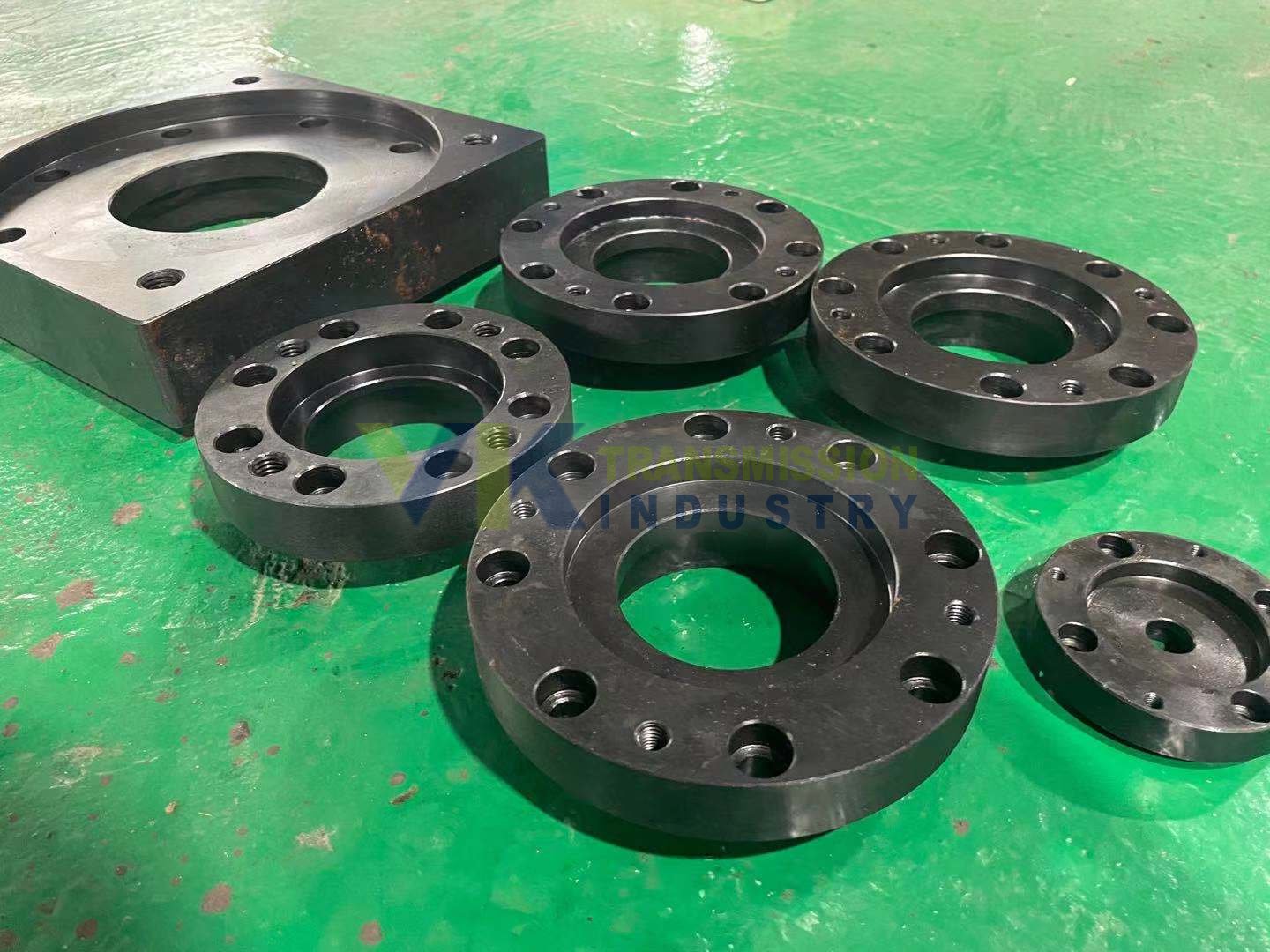Flange types and characteristics
Source:VK TRANSMISSIONAuthor:Kevin Addtime:2021-09-08 18:23:50 Click:
The flange structure type is divided into the following five basic types according to the connection mode of the flange and the pipe
1. Threaded Flange
The threaded flange is a threaded connection between the pipe and the flange. The thread is machined in the inner hole of the flange, and the threaded pipe is screwed in without welding. Therefore, it has the characteristics of convenient installation and convenient maintenance.
1) Type of threaded flange
There are two types of threaded flanges. A threaded flange has a low nominal pressure and is generally used in galvanized steel pipes where welding is not suitable. Pipes with repeated temperature fluctuations or higher than 260 and lower than -45 are also unsuitable for use. The other is used in high-pressure conditions, using two tube ends with external threads and processed into a certain shape of sealing surface to be sealed with lens pads. In the past, this kind of flange was mostly used in the production of synthetic ammonia. In addition, on any pipeline where crevice corrosion, severe erosion or cyclic loading may occur, the use of threaded flanges should be avoided.
2. Slip-on Welding Flange(SO))
The Slip-on welding flange is the front and back welding by inserting the pipe into the inner hole of the flange, which has the characteristics of easy alignment and low price. It is mostly used when the medium conditions are relatively mild, such as low-pressure non-purified compressed air, low-pressure circulating water.
Type of Slip-on welding Flange
1) One is the plate flat welding flange. This kind of flange has poor rigidity and is easy to cause deformation of the flange surface during welding. Even under the action of the bolt force, the flange will also deform, causing the sealing surface to corner and cause leakage. Therefore, it is generally used for For pipelines with relatively low pressure and temperature, it is generally stipulated in the petrochemical industry that it should only be used on water, low-pressure steam and air pipelines with PN≤1.0MPa
2) The other is the Slip-on Flange. The short neck of the flange greatly improves the rigidity of the flange and its load-bearing capacity. The manufacturing process of the flange itself is simpler than that of the butt welded flange. The welding connected to the pipe is the fillet weld structure like the plate flat welded flange. The construction is relatively simple and labor-saving. The nominal pressure level of the necked flat welded flange is low. It has a wide range and is completely suitable for the occasions where plate flat welded flanges were used in the past in China, but it should not be used on pipelines with frequent and large temperature cycles.
3. Welding Neck Flange (WNF)
This kind of flange system processes the flange welding neck end and the pipe welding end into a certain form of welding groove and then directly welds it, and the construction is more convenient. Due to the smooth transition of the high neck between the flange and the pipe, the thickness of the flange neck gradually transitions to the thickness of the pipe wall, which reduces the discontinuity of the structure. The flange has high strength and good load-bearing conditions, which is suitable for pressure and temperature fluctuations. Large or high temperature, high pressure and low temperature pipeline
 4.Socket Welding Flange
4.Socket Welding Flange
It is similar to the flat-welded flange with neck, except that the pipe is inserted into the socket of the flange for welding. Generally, there is only a weld on the back of the flange. Commonly used in pipelines with PN≤10.0MPa and DN≤40; American flange standard ASME B16.5 does not recommend socket welding flanges for high temperature ≥260 or low temperature ≤-45 under thermal cycling or large temperature gradient conditions On the pipeline. This flange should not be used on pipelines that may produce crevice corrosion or severe erosion.
5.Lap Joint Flange (LJF)
It is often used when the medium temperature and pressure are not high and the medium is corrosive. Loose flanges are generally used in combination with the stub end, that is, the flange ring is loosely sleeved outside the stub end, the pipe and the stub end are butt welded, and the flange sealing surface (concave and convex surface, tongue and groove) (Except for the surface) is processed on the flanging short section.
In addition, there are flat welding ring and butt welding ring plate loose flange. Since the flange itself is not in contact with the medium, only the flanging nipple or the welding ring is required to be consistent with the pipe. The material of the flange body can be completely different from the pipe. Therefore, it is especially suitable for corrosive medium pipelines, which can save stainless steel and non-ferrous metals. Valuable corrosion-resistant materials



